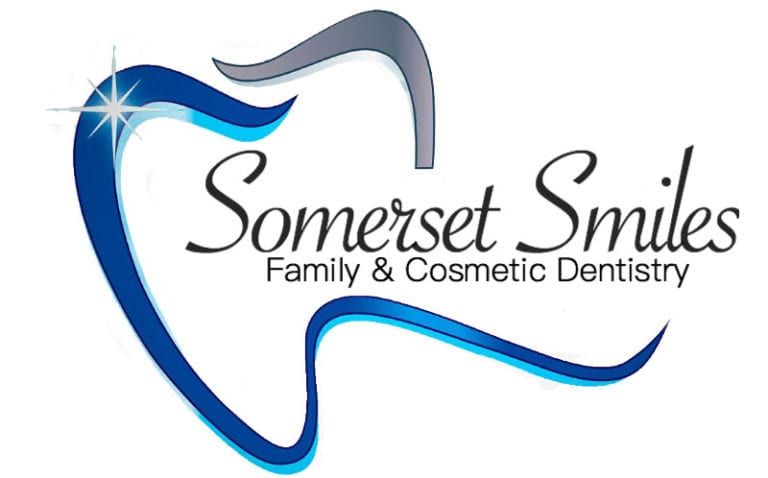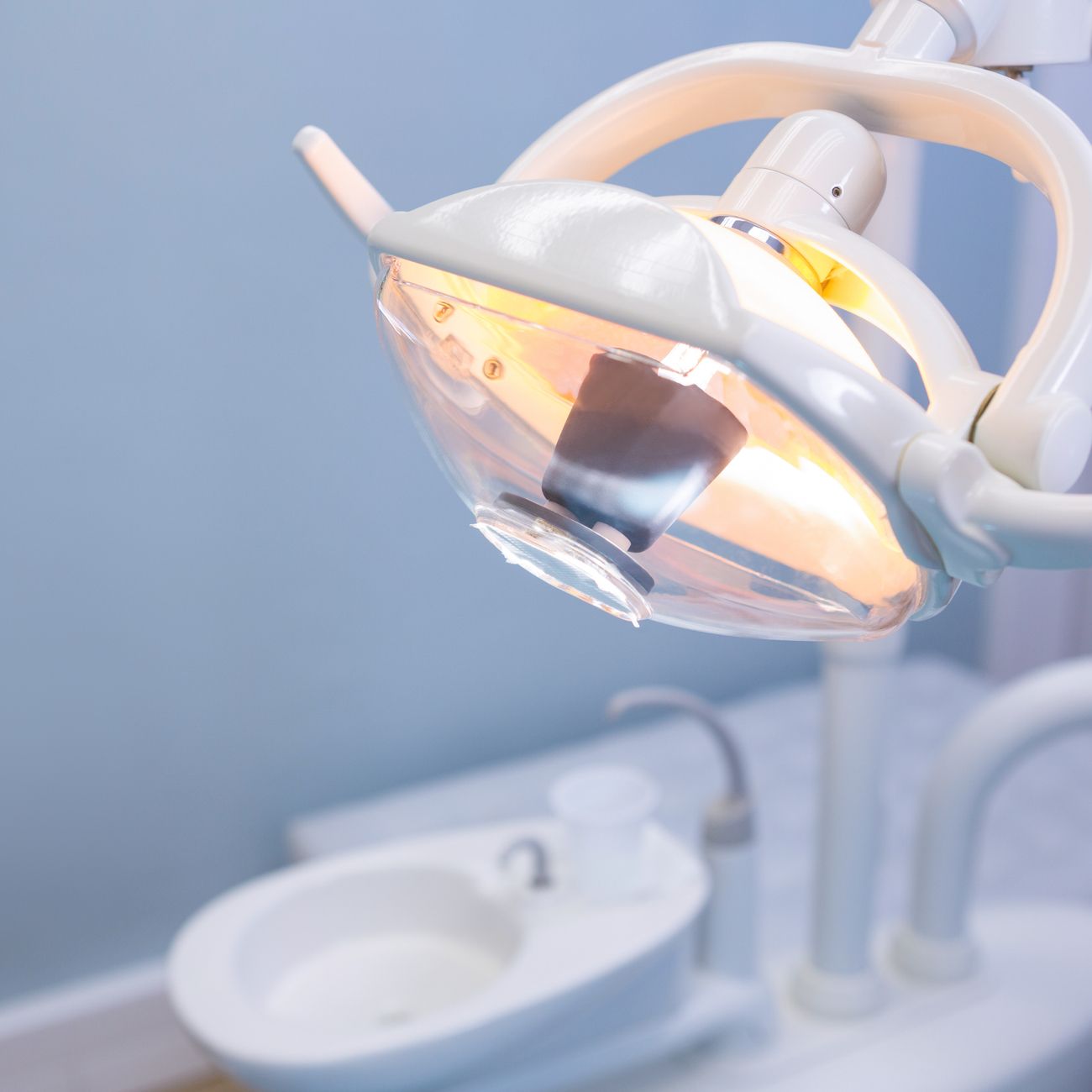Patients who live with teeth that are chipped, cracked, decayed, or have small imperfections such as small spaces between them or discoloration may consider dental bonding as their cosmetic dentistry solution. This process uses a composite resin to repair damaged or enhance aesthetic qualities in a quick and easy method that can happen in a single visit.
What Is Bonding Used For?
The easy application and affordable nature of dental bonding is just the beginning. The resin that’s used can be easily manipulated and polished to create a perfect match for the tooth or teeth being repaired. The most popular application of bonding is for the repair of chipped teeth or enhancing the appearance of a discolored tooth. Spaces in the teeth are easy to close with this technique, and they’re one of the most affordable ways of enhancing the length of teeth. Another use of dental bonding is an alternative for patients looking to avoid amalgam fillings. Thanks to the lack of preparation needed to use bonding, there is no anesthesia requirement unless the tooth being repaired is subject to dental decay.
How Is Dental Bonding Accomplished?
The first step in the procedure is the selection of a shade of material that most closely matches your tooth color. After that, the dentist will carefully score the surface of your teeth to help the resin bond with the enamel better. Prior to applying the resin, a conditioning liquid will be applied that aids the resin in adhering to it. Once the tooth is fully prepared, the resin can be applied, its putty-like nature making it easy to smooth and shape to your natural teeth. A laser utilizing ultraviolet light is used to cure the resin, hardening it into shape.
How Many Visits Will It Take To Get My Dental Bonding Done?
If you are only having a single tooth done, your bonding can be completed during a single visit within about 30 minutes. Multiple teeth will take longer, and consequentially may require you to make multiple visits to the dentist to have it completed.
How Do I Care For Teeth With Dental Bonding?
The process of caring for teeth with dental bonding is no different than that of caring for your natural teeth. Regular flossing, brushing, and use of mouthwash ensures that the bonding lasts you for years to come. However, the resin is not as durable as your natural teeth, so you should avoid chewing on fingernails, ice, or other hard materials.
Is Dental Bonding Resistant to Staining?
The resin used to create your bonding is no less resistant to staining than your natural teeth, except for the 48 hours following your treatment. During this time, you should avoid any kind of strongly colored food or beverage, as well as avoid participating in behaviors that can result in the staining of your teeth, such as smoking.
What Should I Do After My Bonding Procedure?
Aside from avoiding activities and foods that cause staining, you can essentially return to your normal activities. However, in the period immediately following the procedure, you should pay attention to how your dental bonding feels. If your bite feels strange in any way, or if you find sharp edges on the bonded teeth, call your dentist immediately. You should also do this if you feel any part of the bonding chip or fall away.


